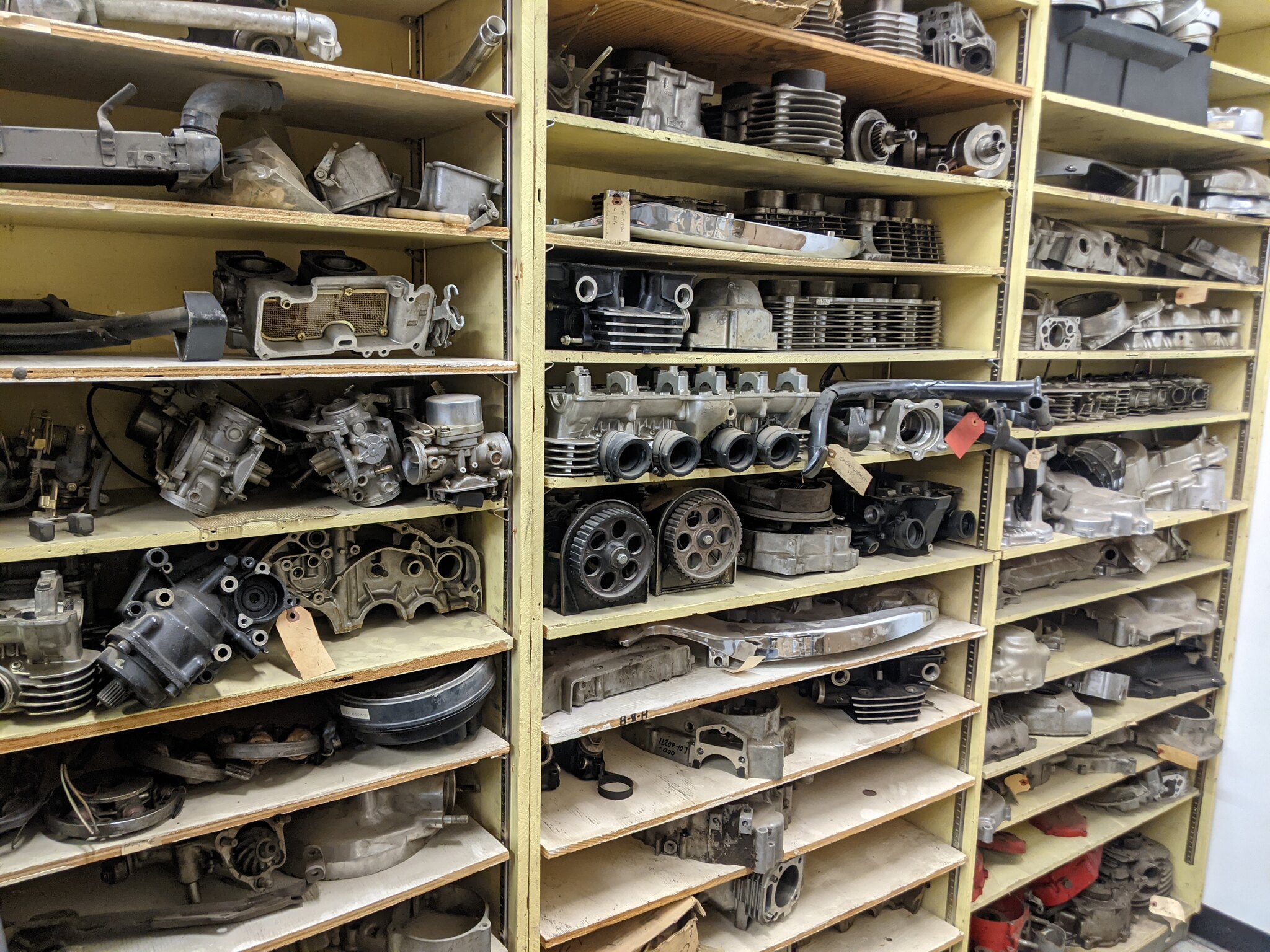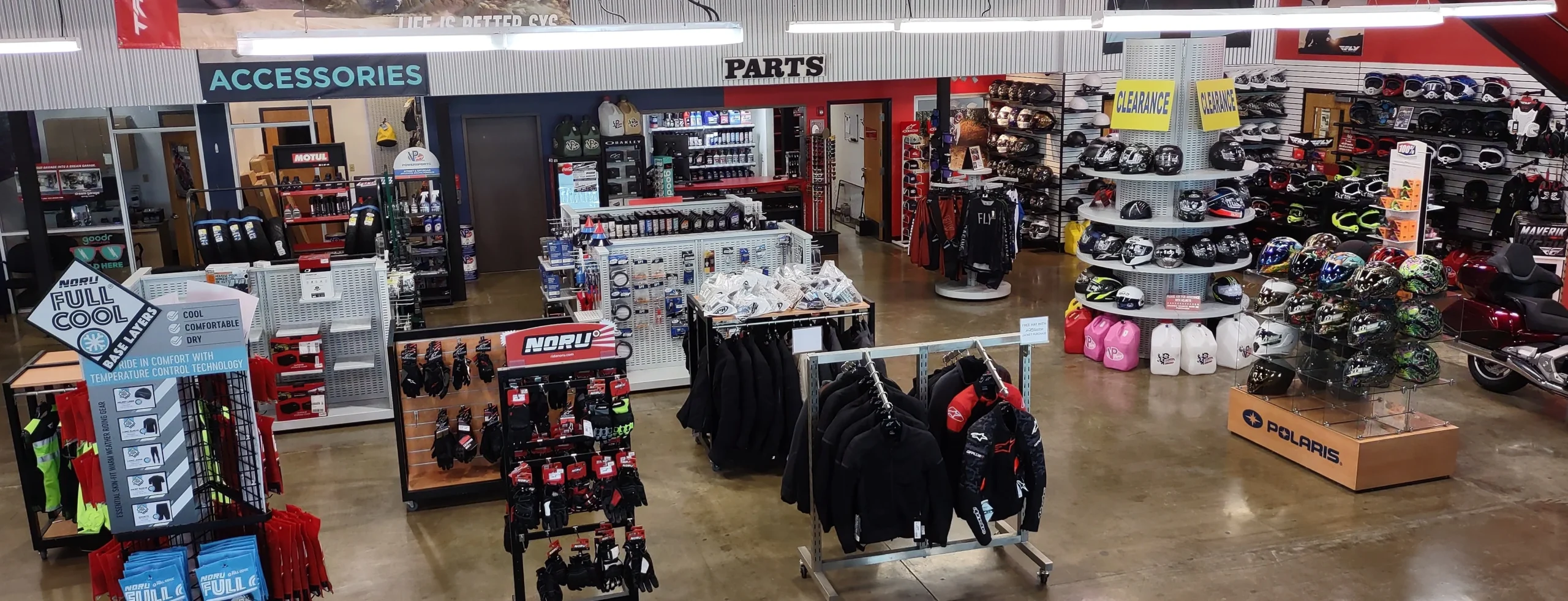Top MX Gear NZ: Get Ready for Your Next Off-Road Journey
Top MX Gear NZ: Get Ready for Your Next Off-Road Journey
Blog Article
Recognizing the Important Parts of a Bike: A Comprehensive Guide for Fanatics
For bike enthusiasts looking to elevate their riding experience and ensure their bikes run efficiently, comprehending the necessary parts of a bike is extremely important. Each component, from the engine's elaborate functions to the vital duty of the stopping systems, not only impacts performance but also safety and convenience.
Engine Components

The camshaft plays a critical role in managing the timing of the engine's valves, making certain the specific opening and closing essential for effective fuel and air consumption, in addition to exhaust expulsion. This timing is essential to preserving optimum engine performance and performance. Additionally, the carburetor or fuel shot system, depending upon the motorbike model, is liable for mixing air with gas in the appropriate proportion for burning.
The cooling system, either air or liquid-based, works to maintain the engine's temperature within functional limits, protecting against overheating and guaranteeing durability - motocross gear nz. Each component, carefully created and incorporated, adds to the seamless operation of the engine, specifying the motorcycle's power result and overall performance
Transmission System
Important to the bike's capability, the transmission system makes certain efficient power transfer from the engine to the wheels. This system consists of numerous critical parts, consisting of the clutch, gearbox, and final drive, each playing a crucial function in equating the engine's power into movement. The clutch, normally operated by a hand lever, offers to disengage the engine and involve from the transmission, enabling for smooth gear changes and regulated velocity.
The gearbox, frequently described as the transmission correct, has a collection of equipments that riders can manually change through to adjust the bike's speed and torque output. These equipments are set up in a sequence that allows the motorcycle to accelerate efficiently and preserve ideal engine performance throughout numerous speeds. Most bikes make use of a sequential transmission, needing the rider to change gears in an established order.
Braking Mechanisms
While recognizing the transmission system is key to utilizing a bike's power, similarly crucial is the capacity to regulate and stop that power properly, which is where braking devices come into play. Brakes are essential for safety and security and performance, supplying the rider with the necessary control to browse various surfaces and conditions. Generally, motorcycles include two kinds of braking systems: disc brakes and drum brakes.
Disc brakes are a lot more prevalent in modern motorbikes because of their premium efficiency. They contain a brake disc, caliper, and pads. When triggered, the caliper presses the brake pads against the spinning disc, transforming kinetic power right into warm, thereby reducing the wheel. This system offers much better heat dissipation, constant efficiency, and enhanced quiting power, especially in damp conditions.
On the other hand, drum brakes, though less usual, are still found in some motorcycles. They work by pressing brake footwear versus the internal surface area of a drum connected to the wheel. While usually much less effective in heat dissipation and stopping power, drum brakes are less complex and more economical.
Understanding these braking systems' subtleties allows riders to maintain their bikes effectively and value the design that guarantees risk-free and effective stopping.
Suspension and Guiding
Suspension and steering systems are important parts that significantly influence a motorcycle's handling and ride comfort. The shock absorber, containing forks at the front and shock absorbers at the back, soaks up road irregularities, boosting security and control. Front forks, normally telescopic or inverted, compress and rebound to minimize influences, while back shock absorbers preserve tire call with the roadway, important for grip and security.
Steering, focused around the handlebars, attaches the rider to the motorcycle's directional control. The guiding head bearings ensure smooth operation, allowing specific maneuverability. Appropriate placement and maintenance of these bearings are critical for foreseeable steering reaction and lowering cyclist tiredness.
The suspension's adjustability is another crucial aspect; preload, damping, and rebound settings permit modification to match various riding designs and problems. This adaptability is vital for optimizing efficiency, whether navigating urban roads or dealing with sturdy tracks. Developments like electronic suspension systems provide real-time modifications, enhancing adventure high quality throughout varied terrains.

Electrical Equipments
After ensuring a regulated and smooth experience through effective suspension and guiding systems, interest transforms to the electric systems, a critical facet of modern-day bikes. These systems play an essential duty not just in beginning the engine yet also in powering different parts that enhance the performance and safety and security of the motorbike.
At the heart of a motorcycle's electric system is the battery, which shops electrical energy essential for starting the engine and powering supporting systems - motorcycle shop. The alternator or generator, coupled with the rectifier-regulator, makes certain the battery remains billed while the motorcycle functions, transforming power into electric energy and maintaining voltage levels
The ignition system, an additional important part, is in charge of stiring up the air-fuel combination in the engine's cylinders. Modern bikes usually utilize an electronic ignition system, offering higher efficiency and integrity compared to conventional systems.
Illumination systems, including headlights, tail lights, and indicators, are also essential, making sure exposure and security for the biker. Extra electronic components such as sensing units, control devices, and shows contribute to innovative features like fuel injection management, anti-lock braking systems (ABS), and Recommended Site electronic dashboards, even more enhancing the riding experience.
Final Thought
A complete comprehension of a motorcycle's crucial components, including the engine, more helpful hints transmission system, braking systems, suspension, steering, and electric systems, is essential for enthusiasts aiming to optimize convenience, efficiency, and safety. Mastery of these aspects permits notified choices regarding maintenance and upgrades, ultimately enhancing the riding experience. By incorporating this understanding, riders can ensure their motorcycles operate at peak effectiveness and integrity, consequently maximizing both enjoyment and durability of their cars.
For motorcycle lovers looking to boost their riding experience and ensure their bikes run efficiently, recognizing the essential parts of a motorbike is paramount.Important to the bike's functionality, the transmission system makes sure reliable power transfer from the engine to the wheels.While understanding the transmission system is essential to using a motorcycle's power, similarly vital is the capacity to regulate and quit that power effectively, which is where stopping systems you can try here come right into play. Usually, bikes feature two types of stopping systems: disc brakes and drum brakes.
A comprehensive understanding of a motorcycle's vital components, including the engine, transmission system, stopping devices, suspension, guiding, and electrical systems, is vital for lovers aiming to maximize comfort, security, and performance.
Report this page